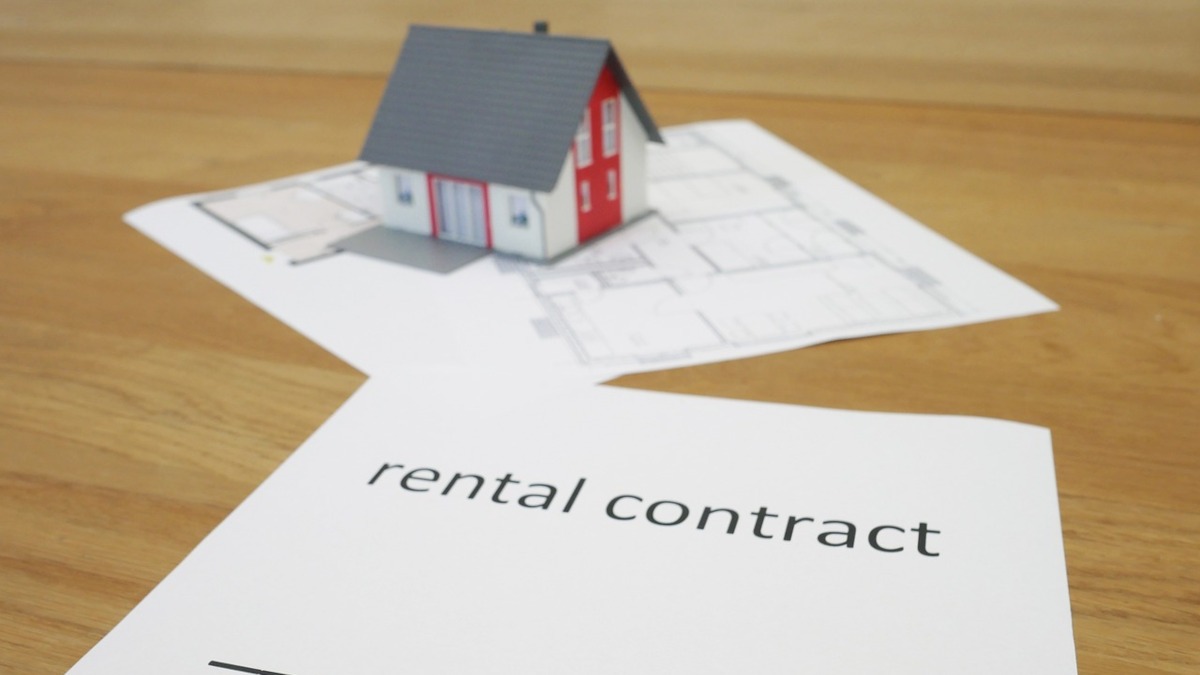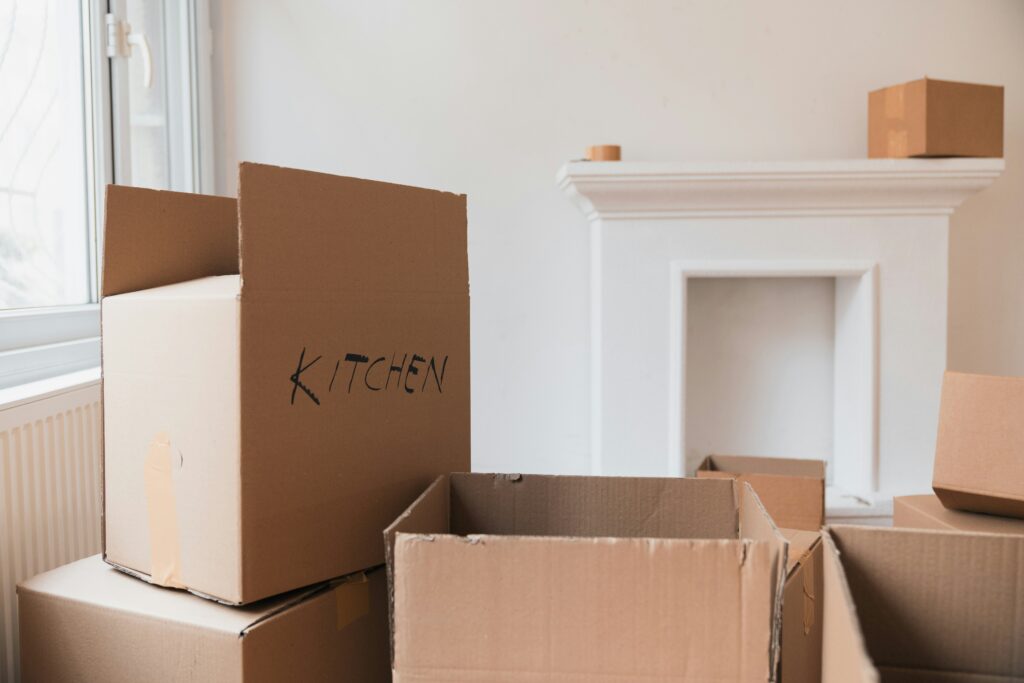
Are Buy-To-Let Mortgages More Expensive?
The investment path of buy-to-let mortgages
For many house buyers and property investors, the allure of a buy-to-let mortgage is strong. It’s a gateway to potentially lucrative rental income and long-term capital growth. But, are buy-to-let mortgages more expensive than their residential counterparts? This comprehensive guide, brought to you by Sell House Fast, will dive into the costs, benefits, and considerations of buy to let mortgages, helping you make an informed decision.
What is a buy-to-let mortgage?
A buy-to-let mortgage is a loan specifically designed for those who wish to purchase property as an investment, rather than as a place to live. This type of mortgage is used to buy property that will be rented out to tenants. The key difference between a buy-to-let mortgage and a standard residential mortgage lies in the assessment criteria.
For a buy-to-let mortgage, lenders typically consider the potential rental income from the property as a primary factor in determining the borrower’s ability to repay the loan, alongside the borrower’s income and credit history. This means that the expected rent can significantly impact the amount you can borrow.
Are buy-to-let mortgages more expensive?
Yes, buy-to-let mortgages are generally more expensive than residential mortgages. This is due to several factors, including:
Higher interest rates. Lenders typically charge higher interest rates on buy-to-let mortgages compared to residential mortgages. This is because lenders view buy to let loans as higher risk, given the reliance on rental income to cover mortgage payments, which can fluctuate or be interrupted.
Larger deposits required. Buy-to-let mortgages usually require a larger deposit, often around 25% of the property’s value or more, whereas residential mortgages can offer higher loan-to-value ratios, requiring smaller deposits.
3. Additional fees. Investors might also encounter higher lending fees and additional costs associated with buy-to-let mortgages, further increasing the overall expense.
These factors combined mean that, while buy-to-let mortgages can be a lucrative investment, the initial and ongoing costs are typically higher than those associated with securing a mortgage for a residential property.
Advantages of a buy-to-let mortgage
The advantages of a buy-to-let mortgage include:
1. Investment opportunity. A buy to let mortgage allows you to invest in property, which can offer both rental income and the potential for capital growth over time. It’s a tangible asset that can diversify your investment portfolio.
2. Rental income. One of the primary benefits is the ability to generate rental income. This income can cover the mortgage payments and potentially provide a profit on top.
3. Leverage. By using a mortgage to purchase the property, you’re leveraging your investment. This means you can own a more valuable asset than you could if you were buying outright, increasing your potential return on investment.
4. Tax deductions. Certain expenses associated with owning and managing a buy to let property can be tax-deductible, reducing your overall tax liability. Check out our guide How Much Does a Landlord Have to Pay in Tax?
5. Capital growth. Over time, the value of your property may increase, offering you capital growth in addition to rental income. This long-term appreciation can significantly boost your investment returns.
6. Flexibility. Buy-to-let mortgages offer the flexibility to expand your property portfolio. As you gain equity in your properties, you can potentially re-mortgage to release funds for further investments.
Responsibilities and risks of a buy-to-let mortgage
While there are clear advantages, it’s important to carefully consider the responsibilities and risks associated with being a landlord and holding a buy to let mortgage, such as periods of vacancy, maintenance costs, and changing property market conditions. Before diving into a buy-to-let mortgage, consider whether the potential returns justify the higher costs and risks. It’s also crucial to have a buffer to cover periods of vacancy or unexpected repairs and consider the following:
Rental vacancies. Periods without tenants mean no rental income to cover the mortgage, posing a financial risk.
Maintenance costs. Property maintenance and management can erode profit margins.
Interest rate risk. If you have a variable rate mortgage, rising interest rates can increase your repayments.
Secure your investment with Sell House Fast
Whether you’re a seasoned investor or new to the property market, Sell House Fast is here to support your journey. If you’re looking to sell your house fast, including properties with tenants, we buy any house for cash, offering a swift and hassle-free process. Our team understands the nuances of buy-to-let investments and can provide the guidance you need to make the most of your property ventures.
In conclusion, while buy-to-let mortgages may be more expensive, they hold the promise of rental income and property value growth. With careful planning and the right support, they can be a valuable addition to your investment portfolio. Reach out to Sell House Fast today to explore how we can help you achieve your property investment goals.
For those looking to sell your house fast with confidence and avoid the pitfalls of the traditional selling process, Sell House Fast stands ready to offer a swift, secure, and satisfactory solution. A cash sale. No quibbles. No delays. Cash in your hand.
Here’s how it works:
- You tell us about your property
- You receive a cash offer
- We come to a final agreement
You can kick things off today by using our simple form to tell us some basic info about your property. Remember, we buy any house and our experts will get to work putting together a competitive cash offer for you. Then, if you accept, we’ll take care of everything else. Nothing could be simpler. The end result? A cash sale for your property, fast. Call us today!


